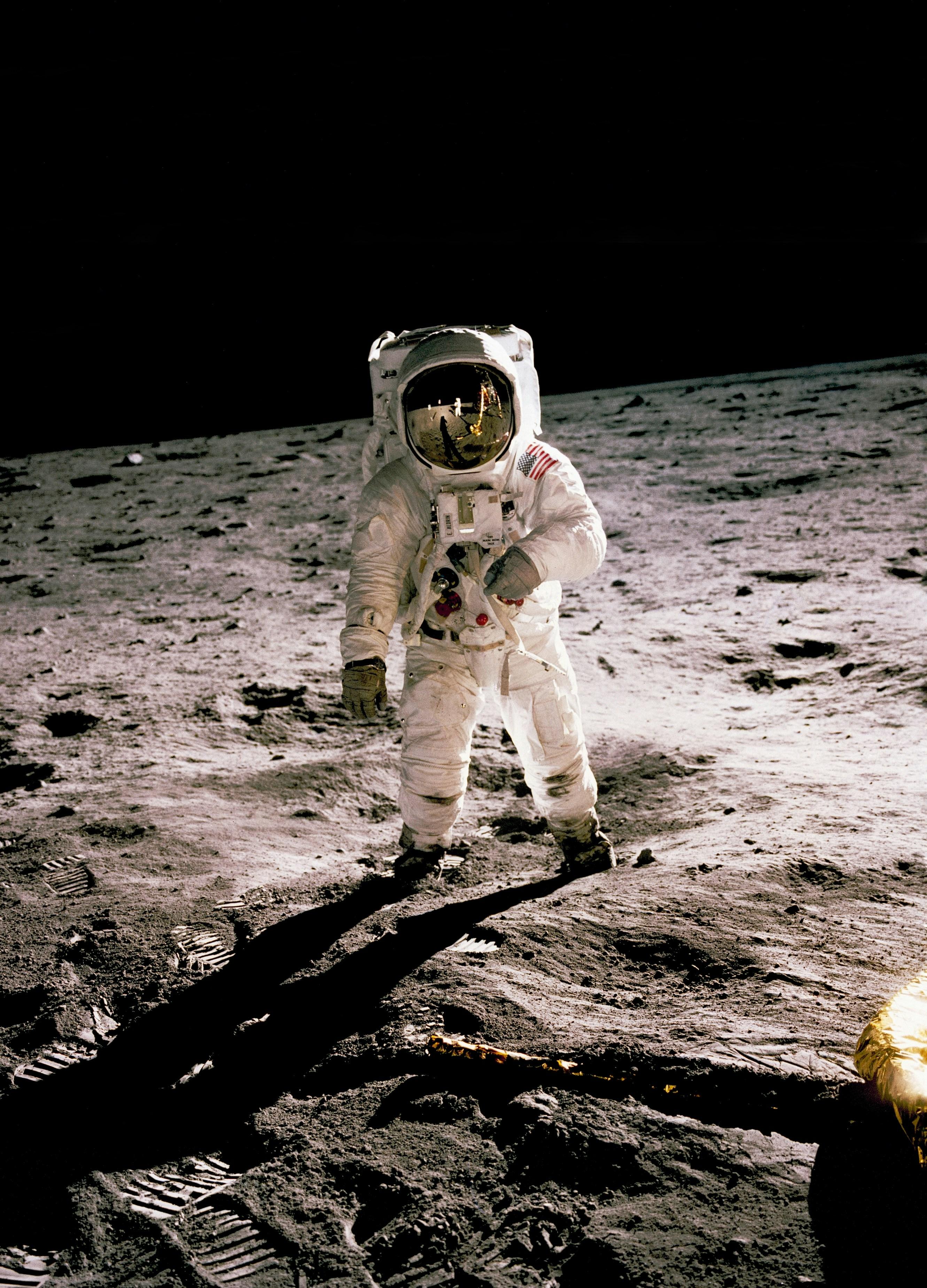The 2020 film “The Trial of the Chicago 7,” directed by Aaron Sorkin, revisits one of the most tumultuous and pivotal moments in American history: the 1969 trial of seven anti-Vietnam War protesters charged with conspiracy and inciting riots during the 1968 Democratic National Convention in Chicago. As the film seeks to dramatize the courtroom proceedings and the broader social upheavals of the 1960s, it inevitably raises questions about the complexity and authenticity with which these historical events are portrayed. While Sorkin’s narrative captures the spirit of activism and dissent that characterized the era, critics and historians alike have debated whether the film simplifies the intricacies of the political and cultural struggles of the time. This article delves into the film’s portrayal of the 1960s, examining whether it offers a comprehensive depiction of the era’s multifaceted conflicts or if it reduces a decade of profound change to a more digestible cinematic experience. Through a critical lens, we will explore the balance between artistic license and historical fidelity, considering the implications of such portrayals on contemporary understanding of the past.
Analyzing Historical Accuracy in The Trial of the Chicago 7
The film, directed by Aaron Sorkin, is celebrated for its gripping narrative and dynamic character portrayals, but it inevitably takes creative liberties with historical facts. This raises important questions about how historical accuracy is maintained or compromised in service of storytelling. The events of the 1960s were marked by profound social and political upheaval, and while the movie captures the essence of the era, it simplifies certain complexities for dramatic effect. This artistic choice has led to some criticism regarding the portrayal of key figures and events, as it sometimes glosses over the nuanced motivations and conflicts that were at play.
Some of the notable inaccuracies include:
- The portrayal of courtroom antics, which are exaggerated for dramatic tension.
- Character relationships that are oversimplified to fit the narrative arc.
- Timeline compressions that alter the sequence of historical events.
While these elements contribute to a compelling story, they can lead to a misinterpretation of the actual historical events. The challenge for filmmakers is balancing entertainment with the responsibility of educating audiences about the real-life struggles of the era. This balance is particularly critical in a film dealing with the politically charged atmosphere of the 1960s, where each alteration can significantly impact public perception of the past.

Evaluating the Representation of 1960s Activism
The film delves into the iconic trial following the protests at the 1968 Democratic National Convention, a pivotal moment in the 1960s activism landscape. It brings to the forefront the efforts of key figures like Abbie Hoffman, Tom Hayden, and Bobby Seale. While the narrative captures the tension and turmoil of the era, questions arise about whether it truly encapsulates the breadth and depth of the struggles. Did it portray the nuanced motivations and diverse backgrounds of the activists, or did it lean towards a more dramatized retelling for cinematic appeal?
Critics point out several areas where the film may have simplified the activism of the 1960s:
- The portrayal of the activists as a cohesive group, potentially glossing over internal conflicts and differing ideologies.
- A focus on courtroom drama, possibly at the expense of the broader socio-political context and grassroots movements.
- Highlighting a select few individuals, which might overshadow the contributions of lesser-known activists and groups.
Such simplifications can impact how modern audiences understand and engage with this crucial historical period. By reducing complex narratives to a series of dramatic events, the film may inadvertently perpetuate a limited view of the 1960s activism, one that doesn’t fully honor the intricacies and sacrifices involved.

The Role of Artistic License in Historical Dramatization
Artistic license is often a double-edged sword in historical dramatization, balancing the need to engage audiences with the responsibility to honor historical accuracy. The Trial of the Chicago 7, while a compelling film, is not immune to these challenges. It presents a streamlined narrative that inevitably simplifies the complex tapestry of the 1960s. The film compresses timelines, merges characters, and alters events for dramatic effect. These changes can sometimes overshadow the nuanced realities of the period, potentially leading to a distorted public understanding of the historical struggles depicted.
- Character Merging: Combining multiple figures into one can dilute individual contributions and unique perspectives.
- Timeline Compression: While necessary for pacing, this can obscure the gradual development of events and movements.
- Event Alteration: Modifying events for dramatic purposes may sacrifice factual accuracy, impacting historical integrity.
While these artistic choices can enhance storytelling, they also risk oversimplifying the era’s multifaceted issues. As viewers, it is crucial to approach such dramatizations with a critical eye, recognizing the blend of fact and fiction and seeking additional resources to gain a comprehensive understanding of the historical context.

Recommendations for Further Exploration of 1960s Social Movements
To gain a deeper understanding of the multifaceted nature of the 1960s social movements, it is crucial to explore beyond the cinematic lens. Books offer a rich repository of firsthand accounts and scholarly analyses. Some recommended readings include:
- “The Sixties: Years of Hope, Days of Rage” by Todd Gitlin – A comprehensive overview by a participant and historian, capturing the era’s optimism and turmoil.
- “A People’s History of the United States” by Howard Zinn – Offers an alternative perspective on American history, focusing on grassroots movements and the voices of the marginalized.
- “Freedom Summer” by Bruce Watson – Chronicles the 1964 voter registration drive in Mississippi, highlighting the civil rights movement’s strategic and personal battles.
Additionally, engaging with documentaries can provide visual and emotional context to these historical events. Consider watching:
- “Eyes on the Prize” – A pivotal series documenting the American civil rights movement.
- “Berkeley in the Sixties” – Offers insights into the student movements and the counterculture that defined the decade.
For those interested in archival research, numerous online platforms and libraries house extensive collections of primary sources, including speeches, photographs, and letters from activists of the era. Engaging with these materials can provide a nuanced view that challenges simplified narratives.
